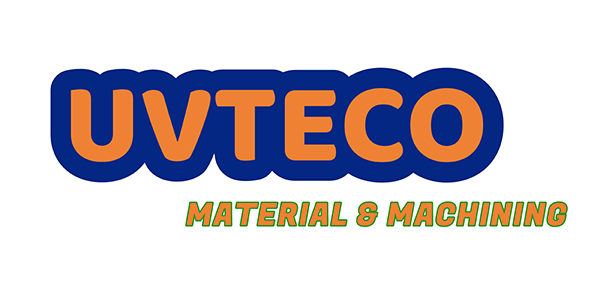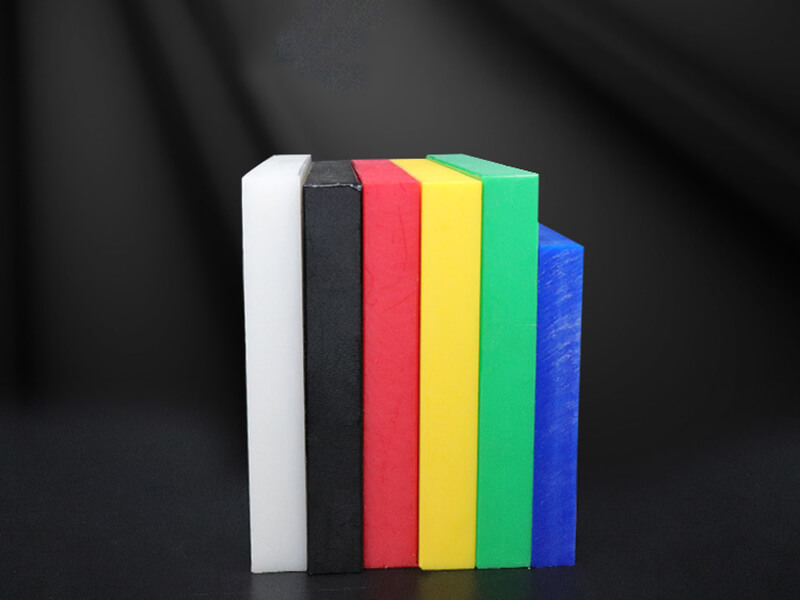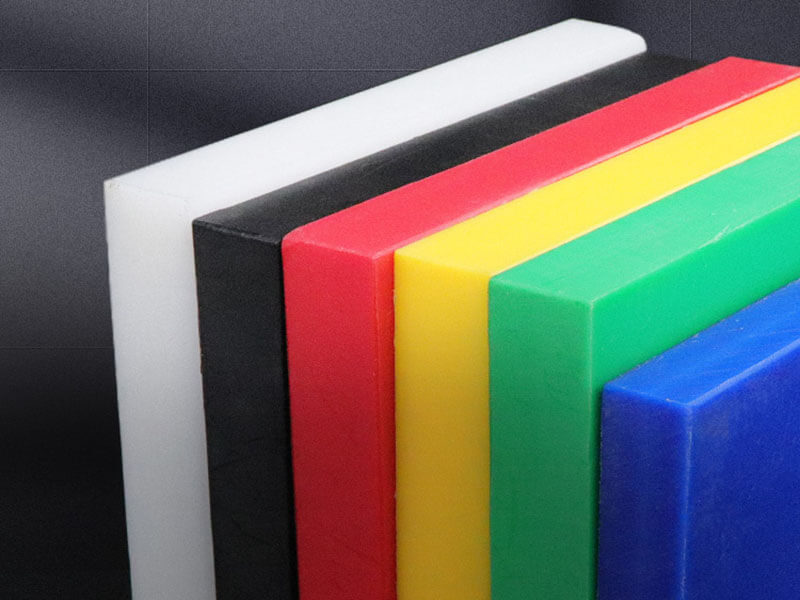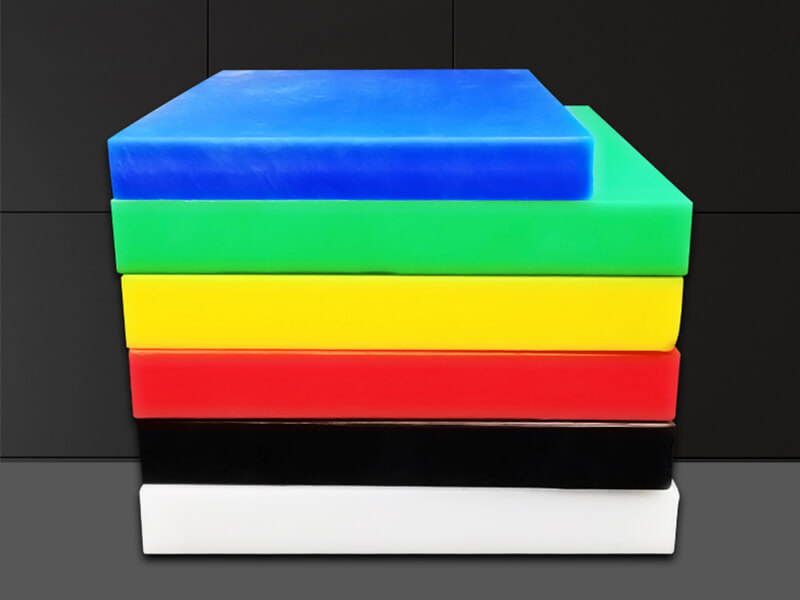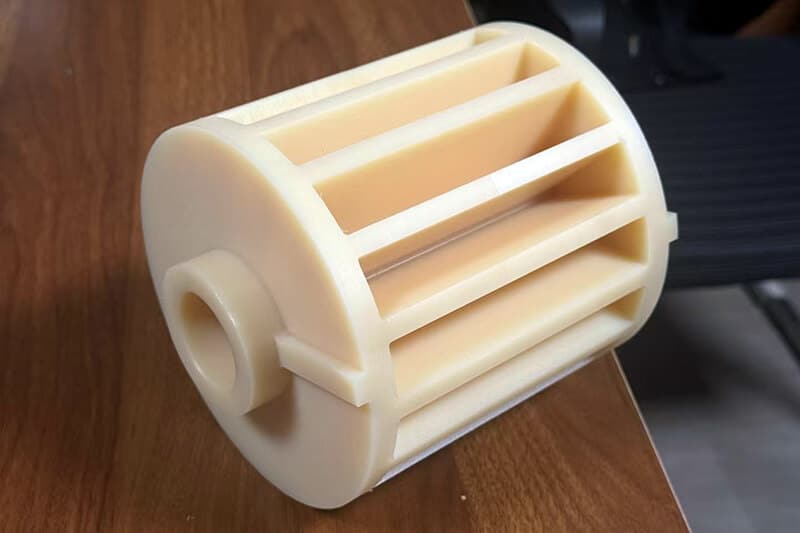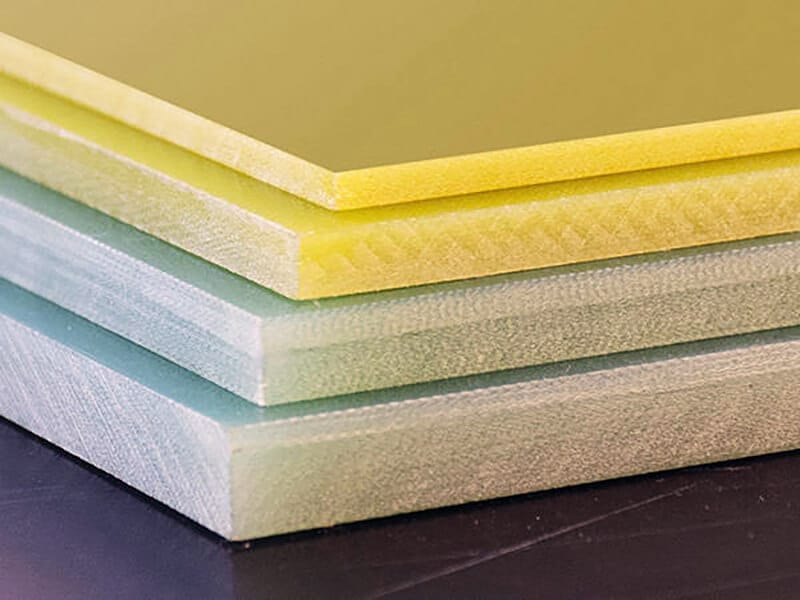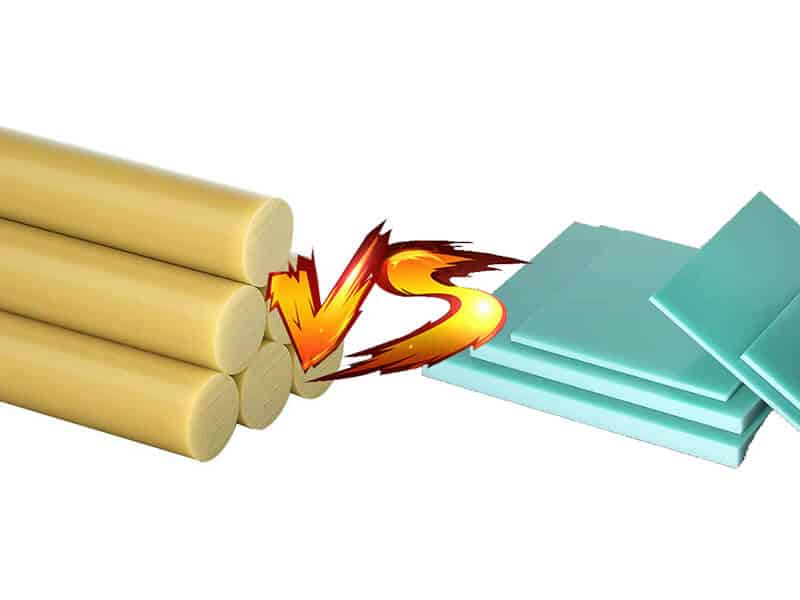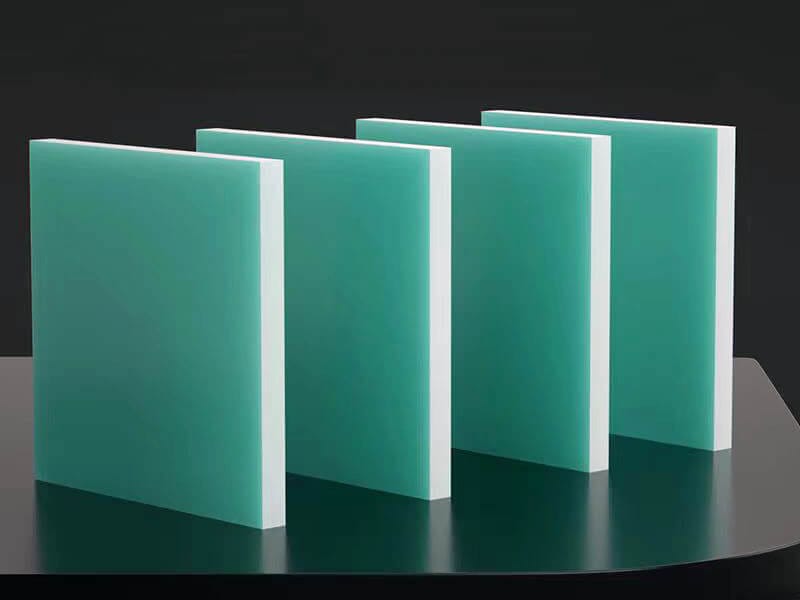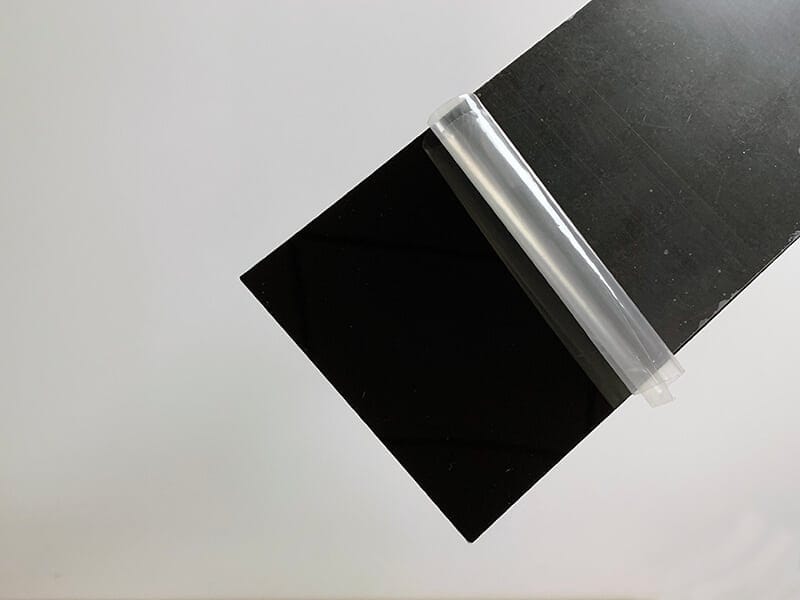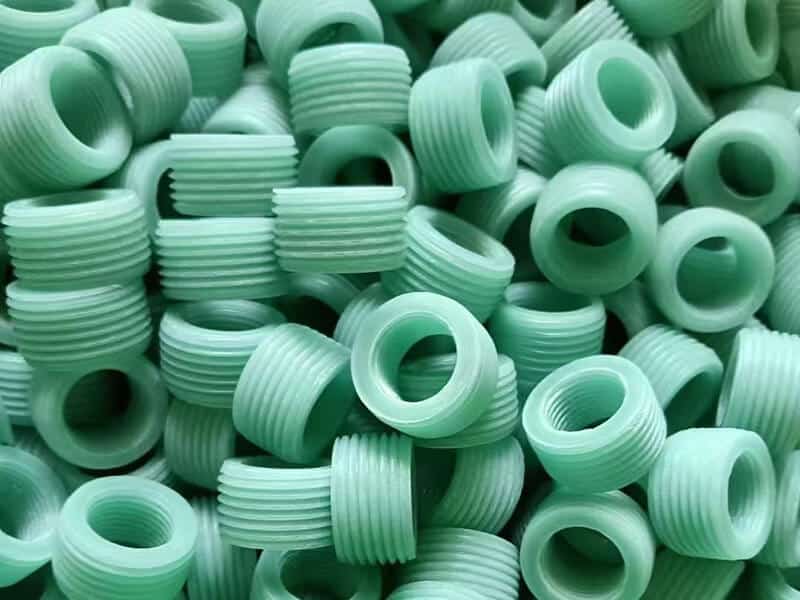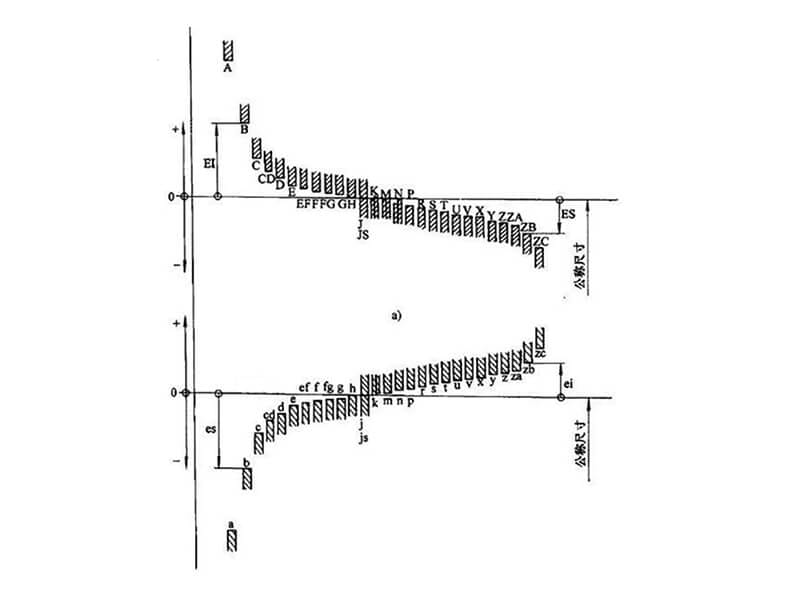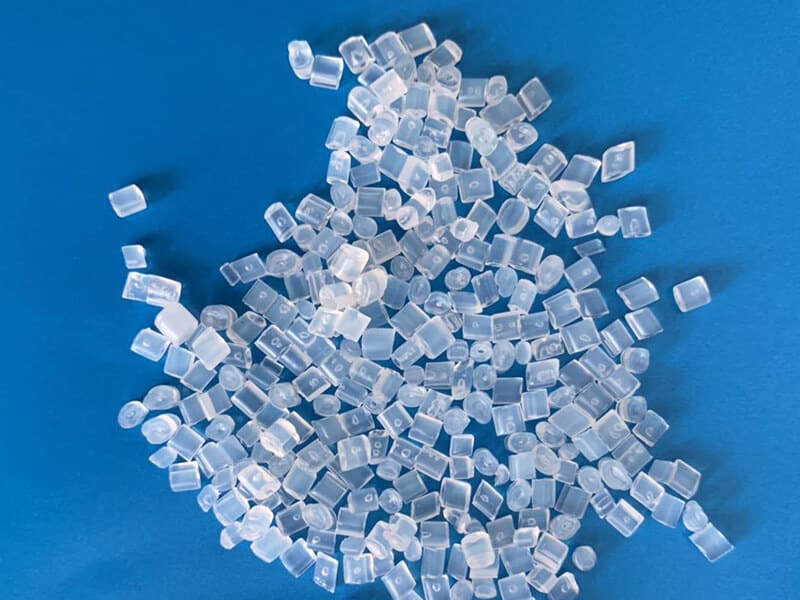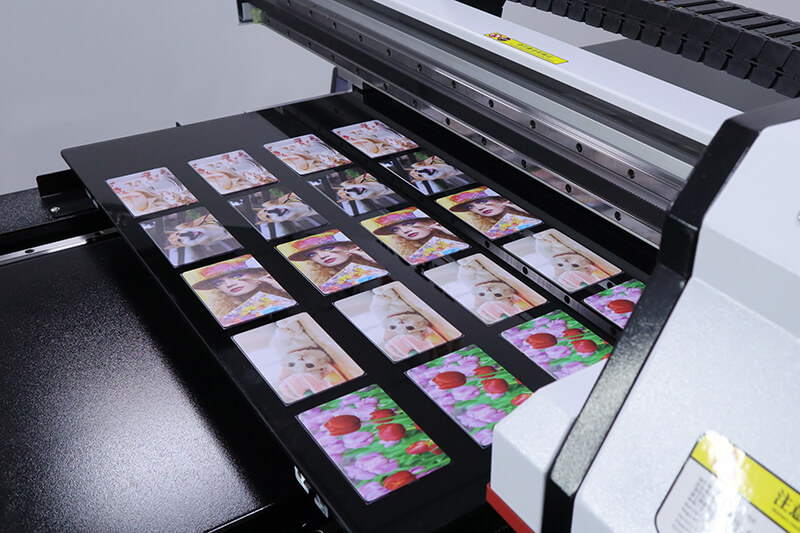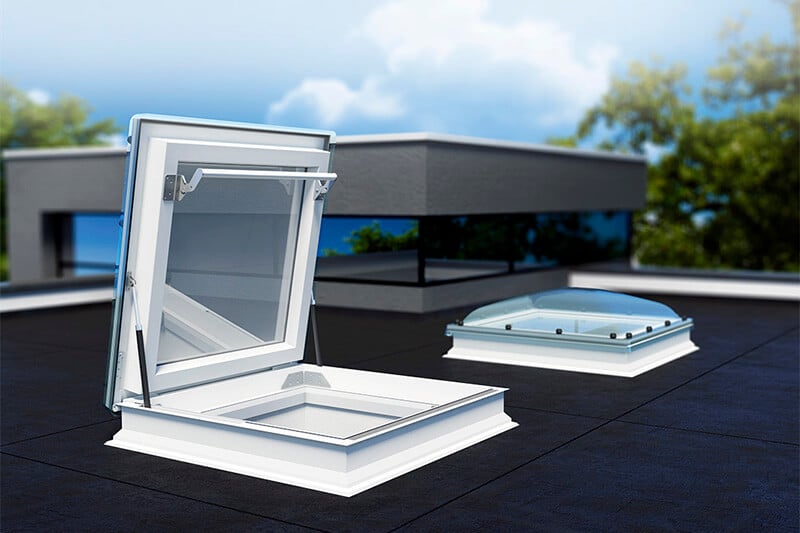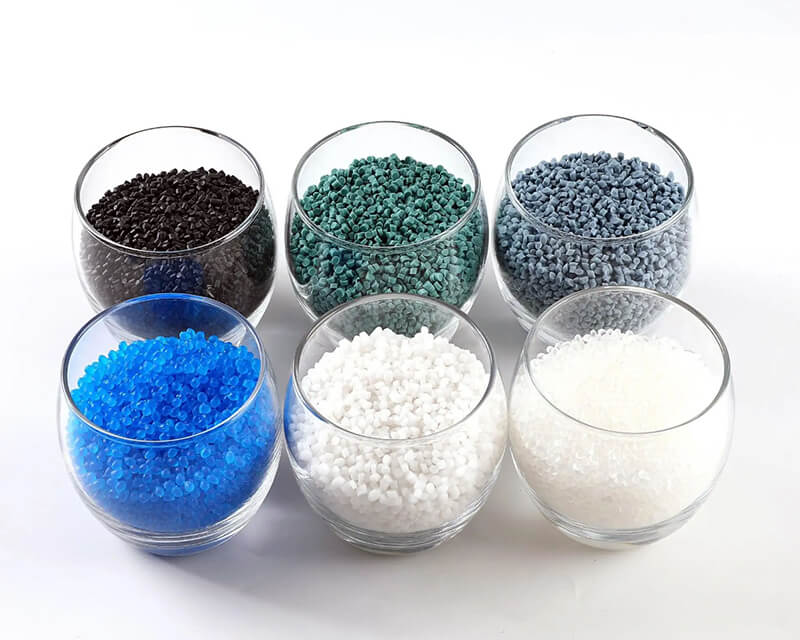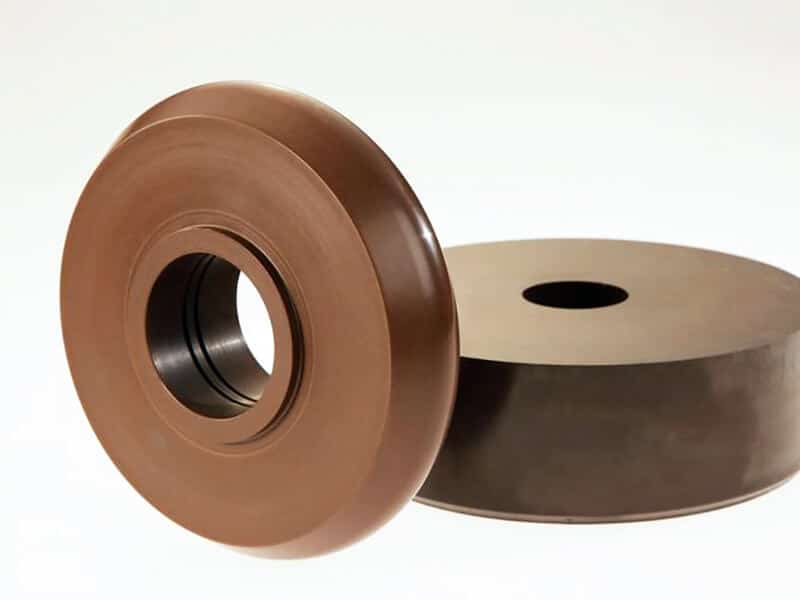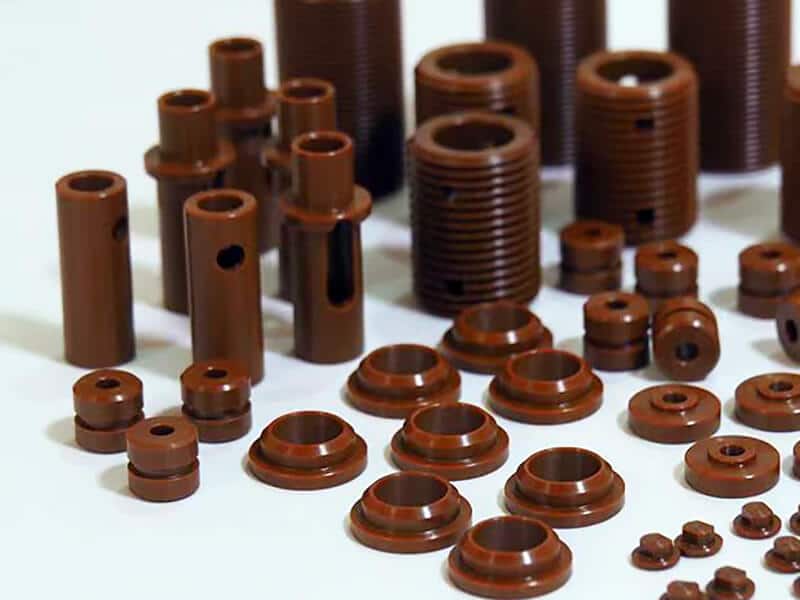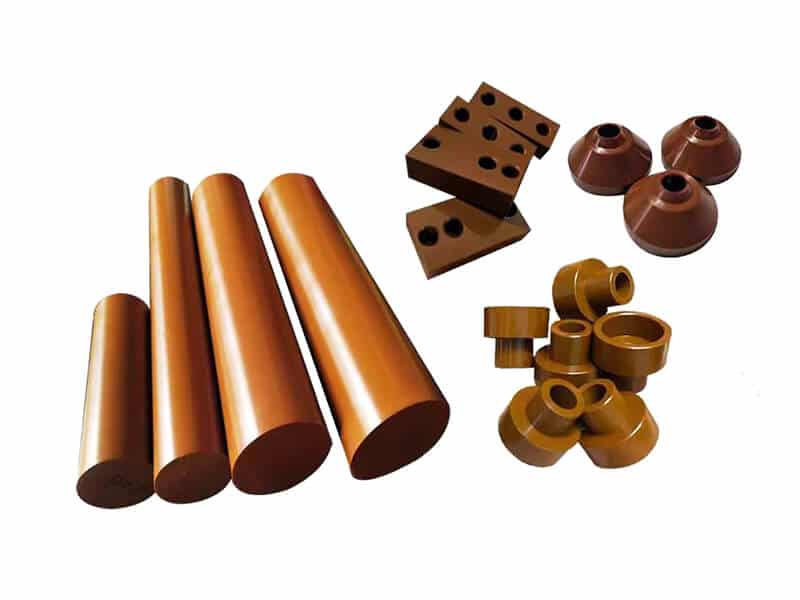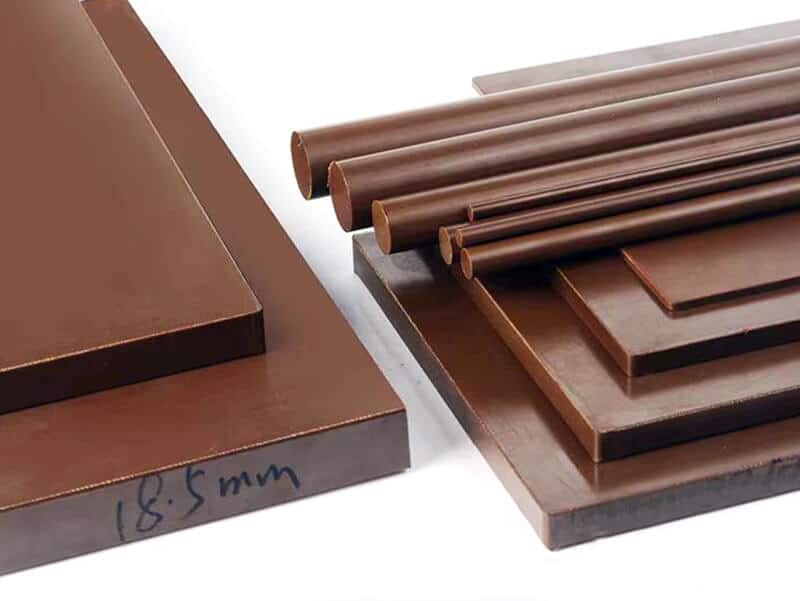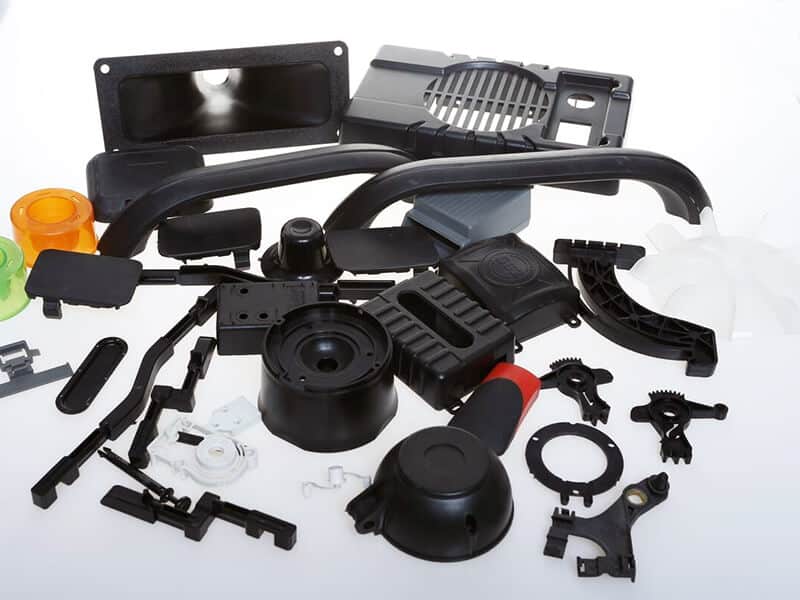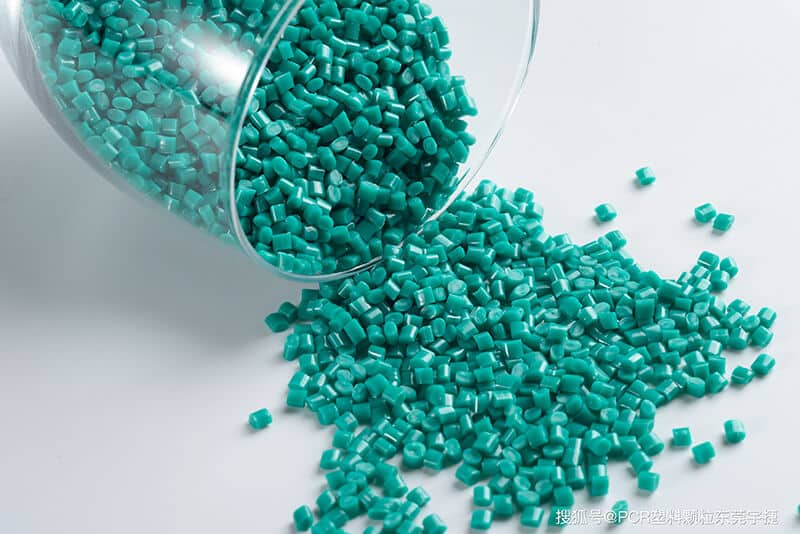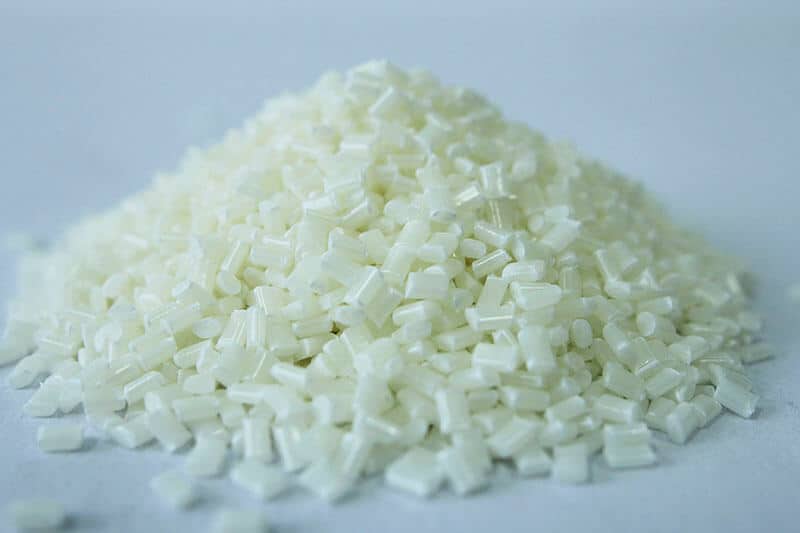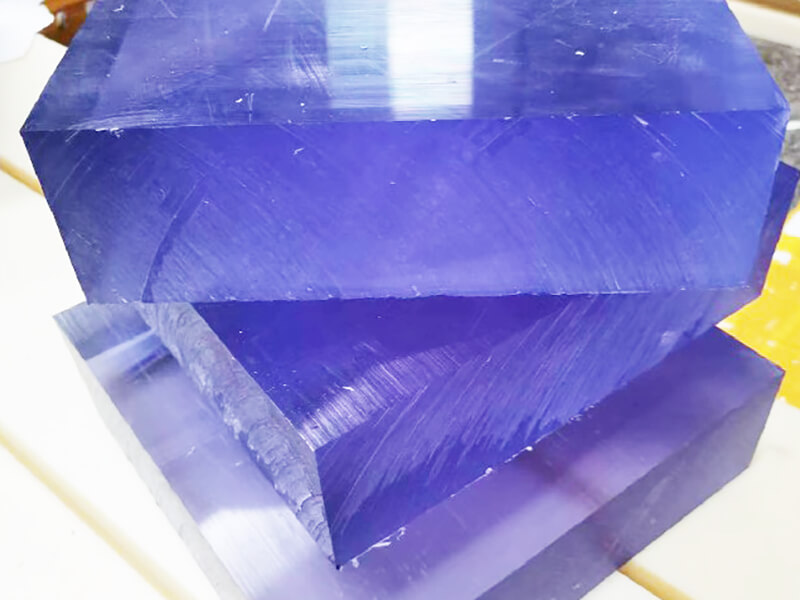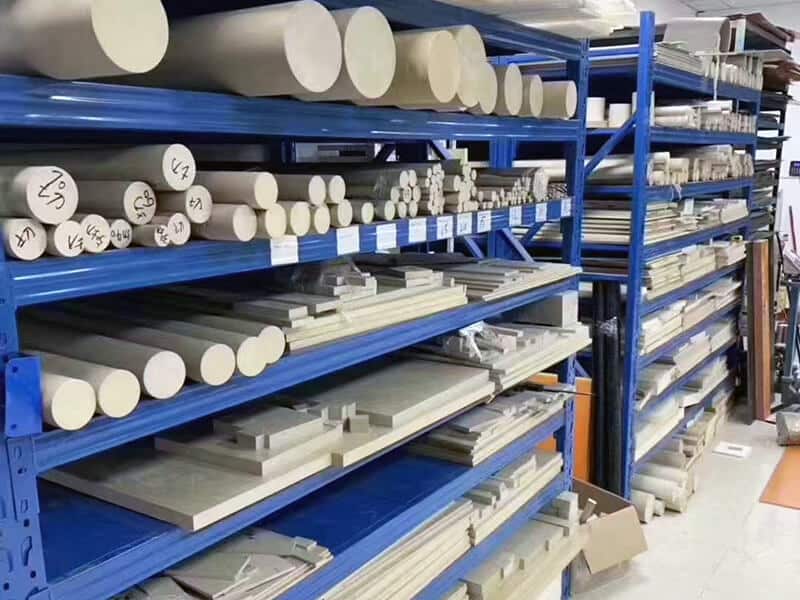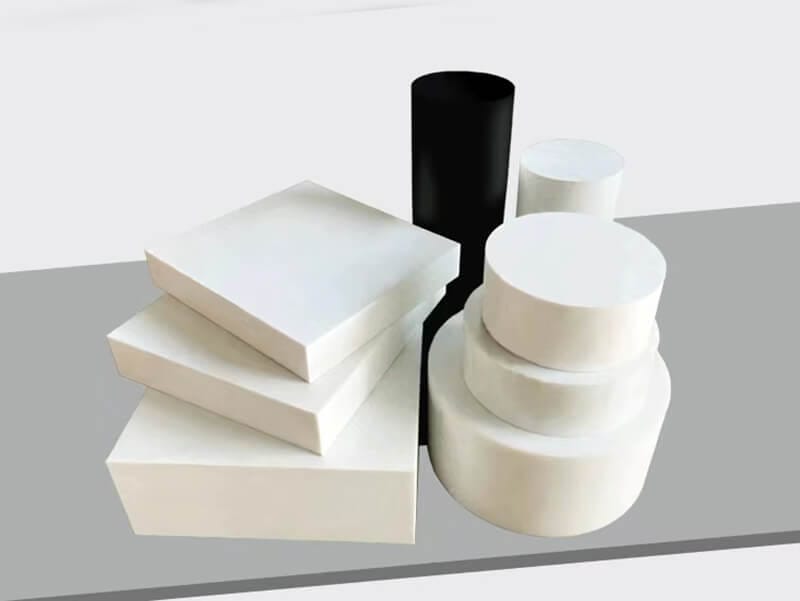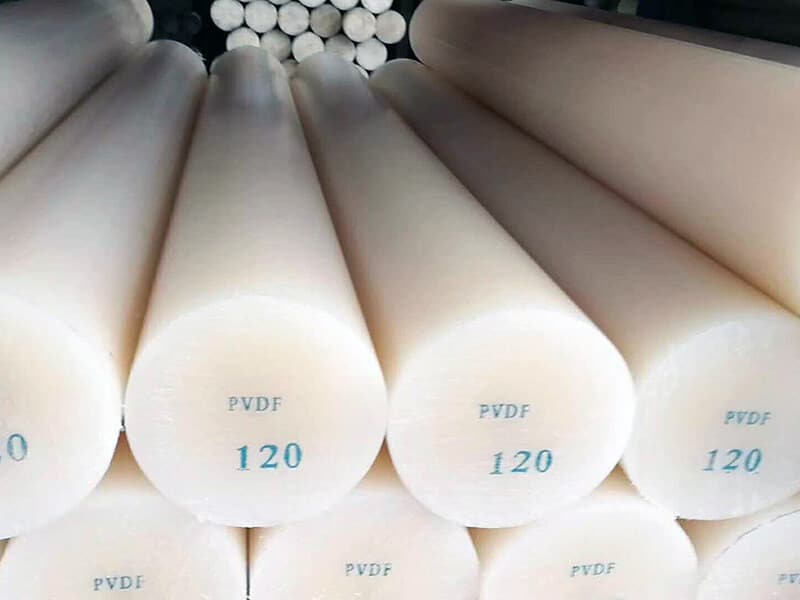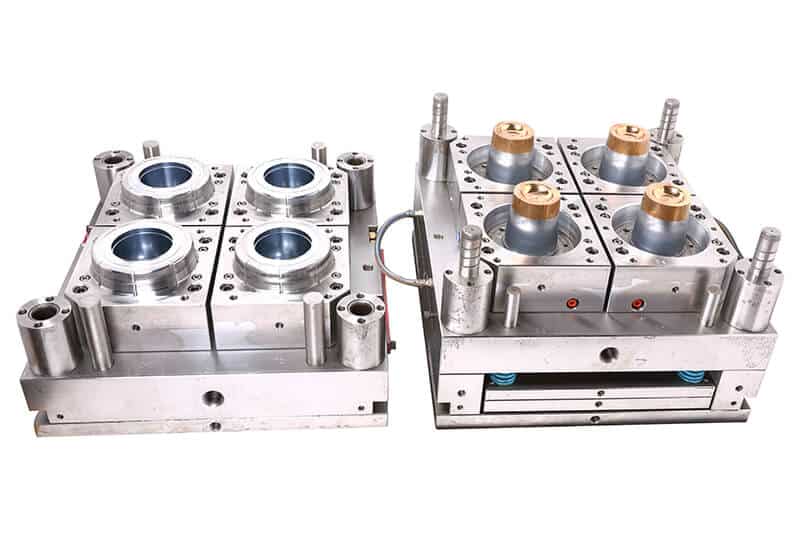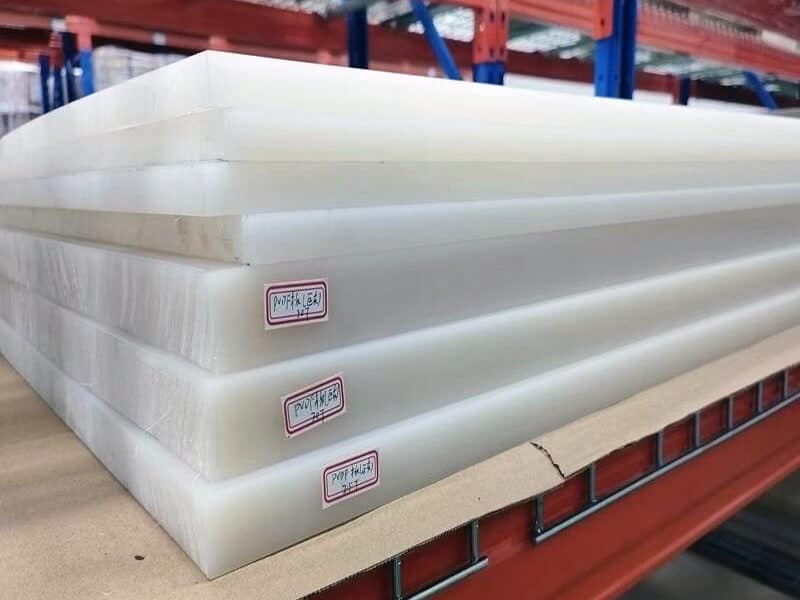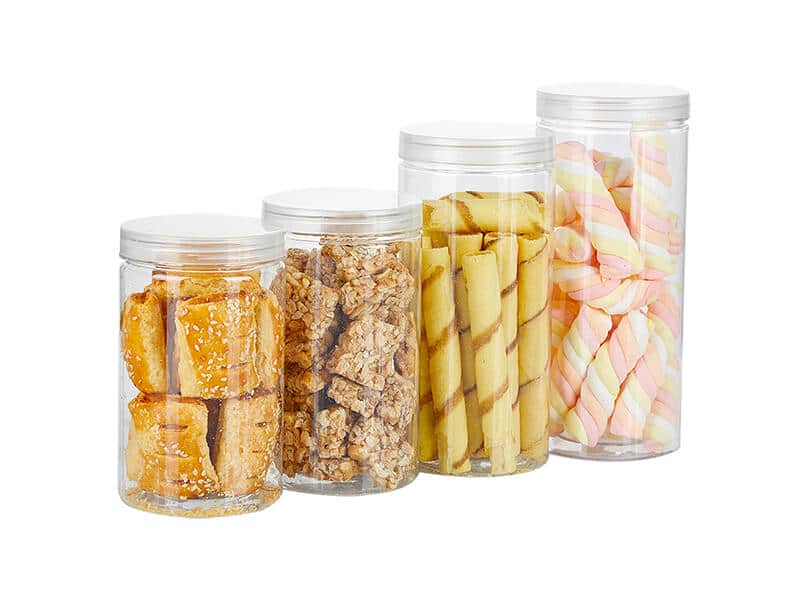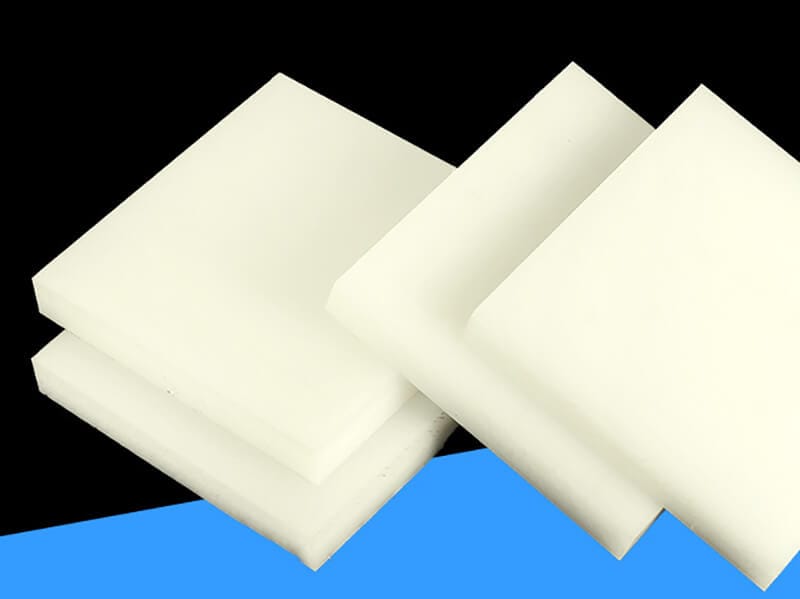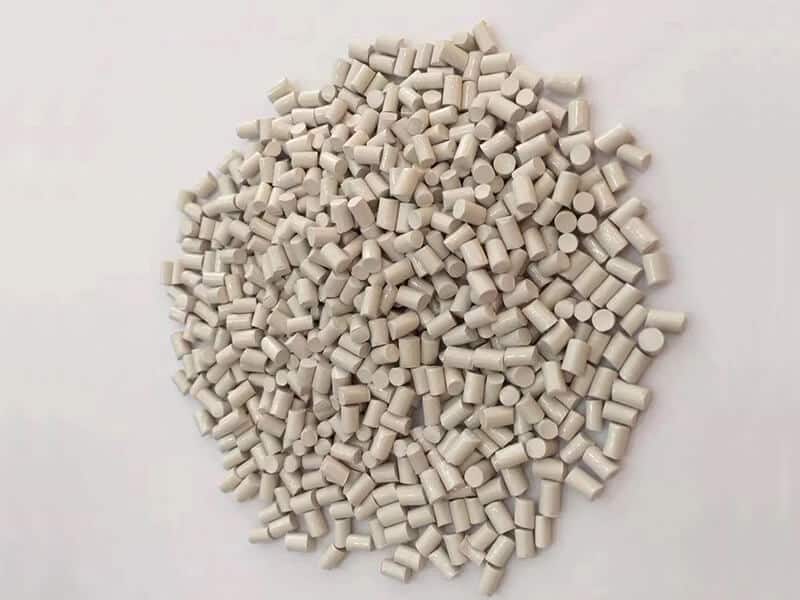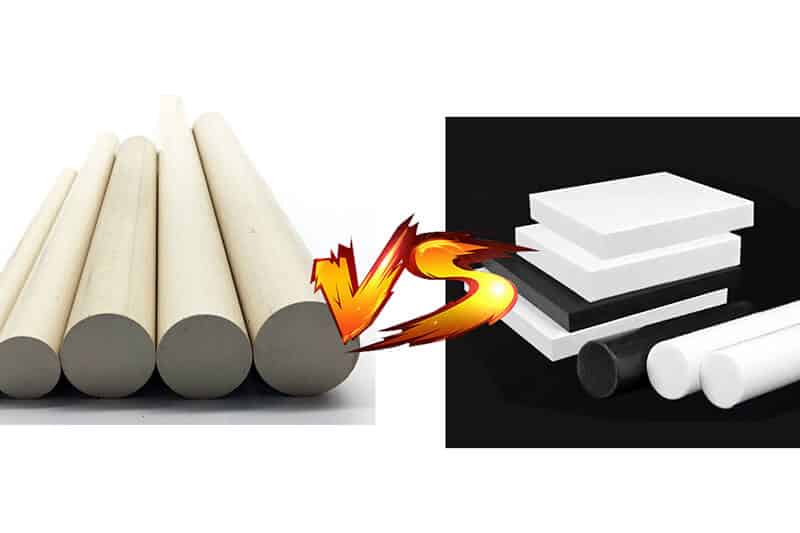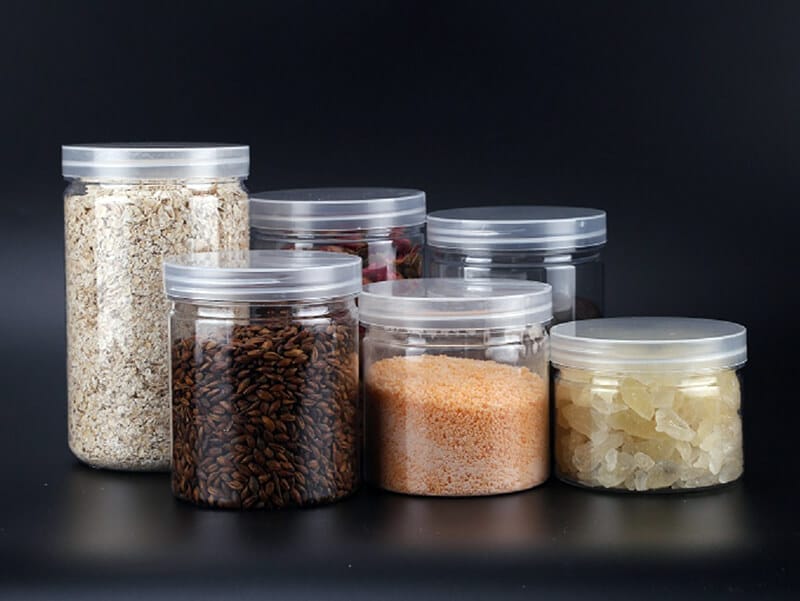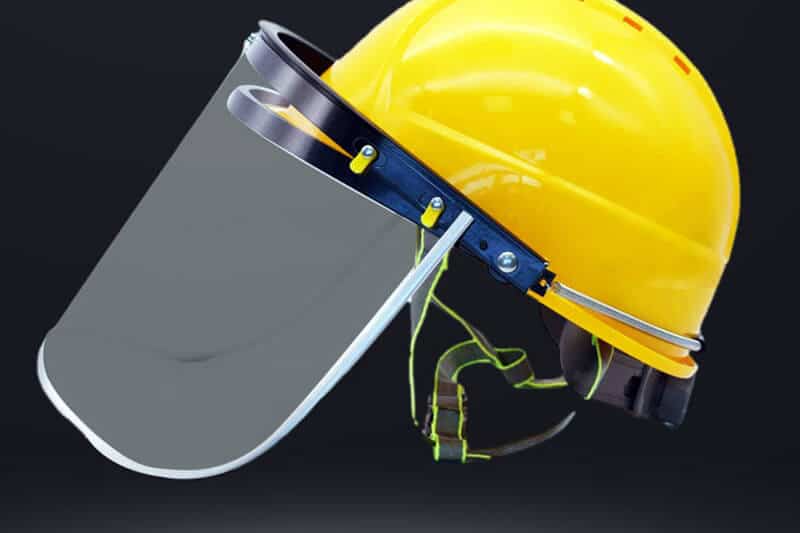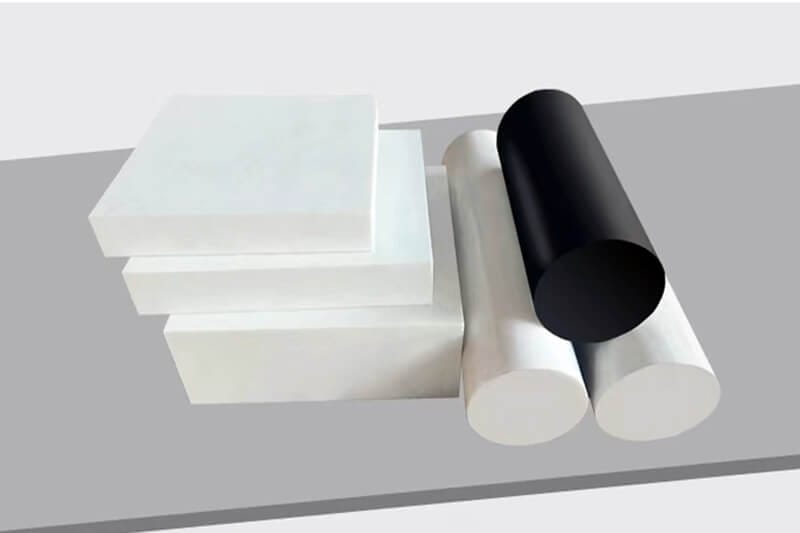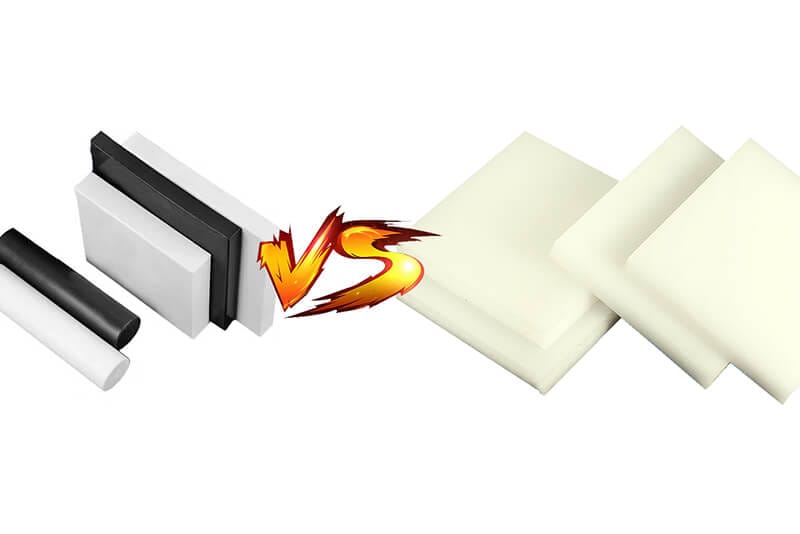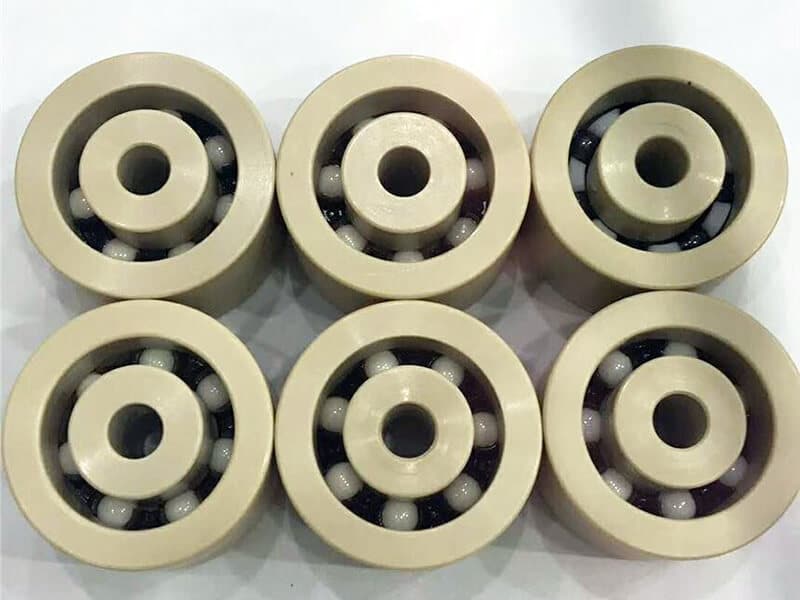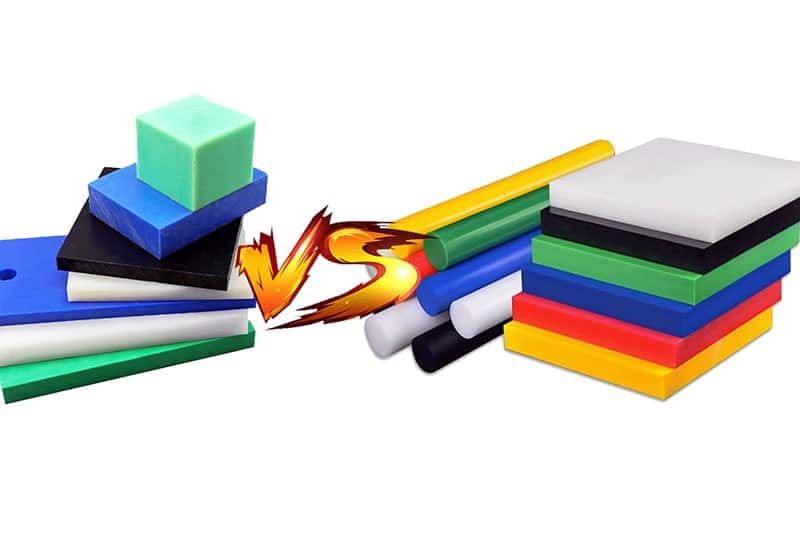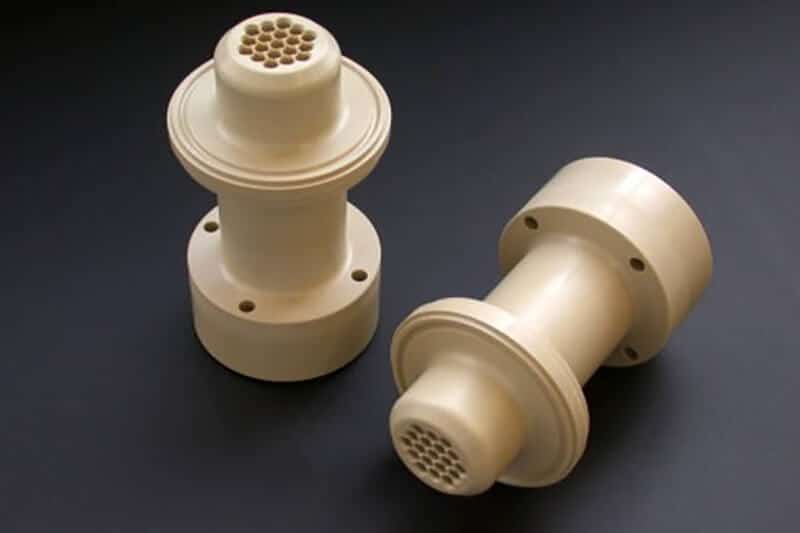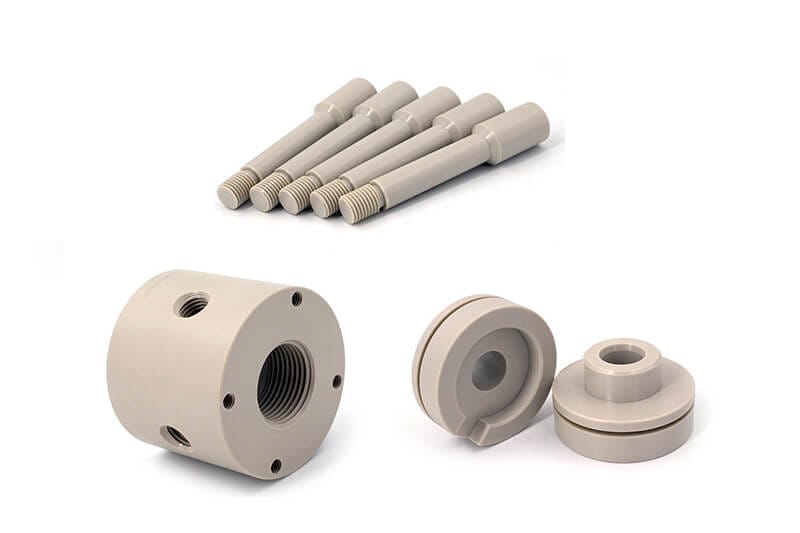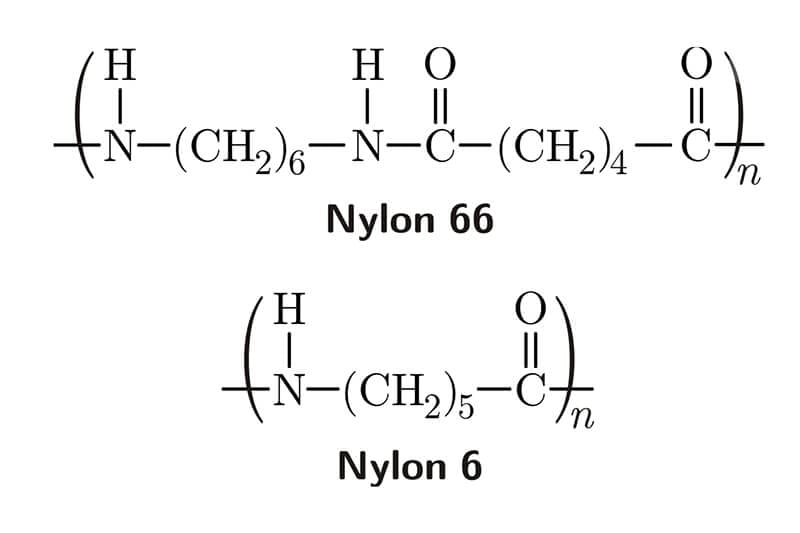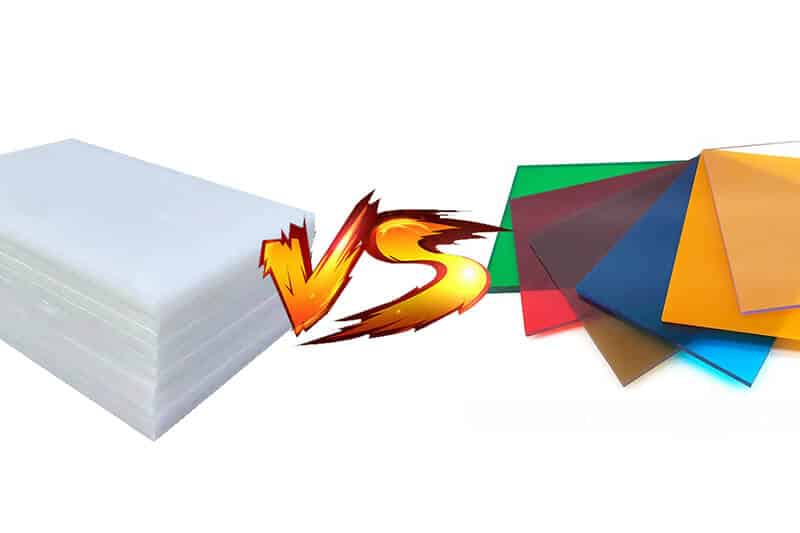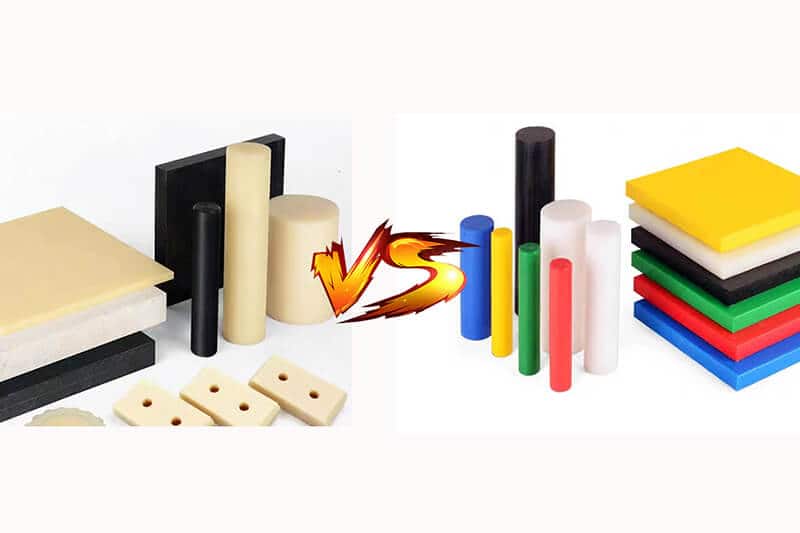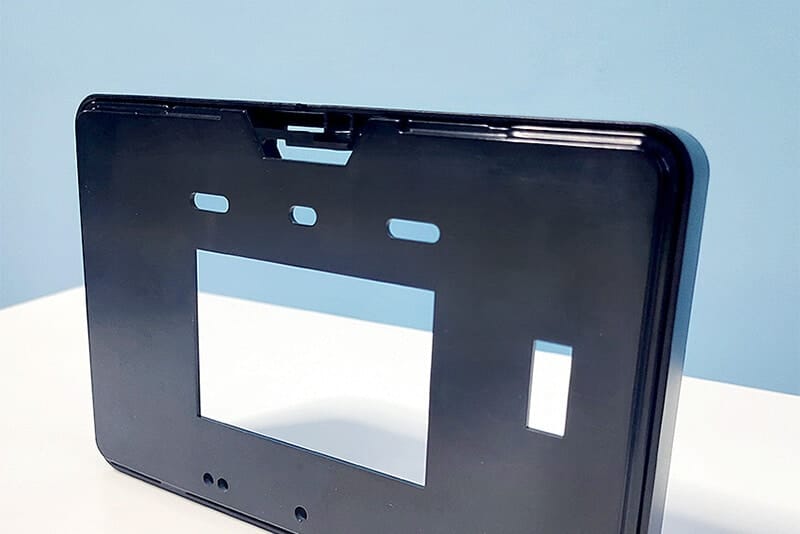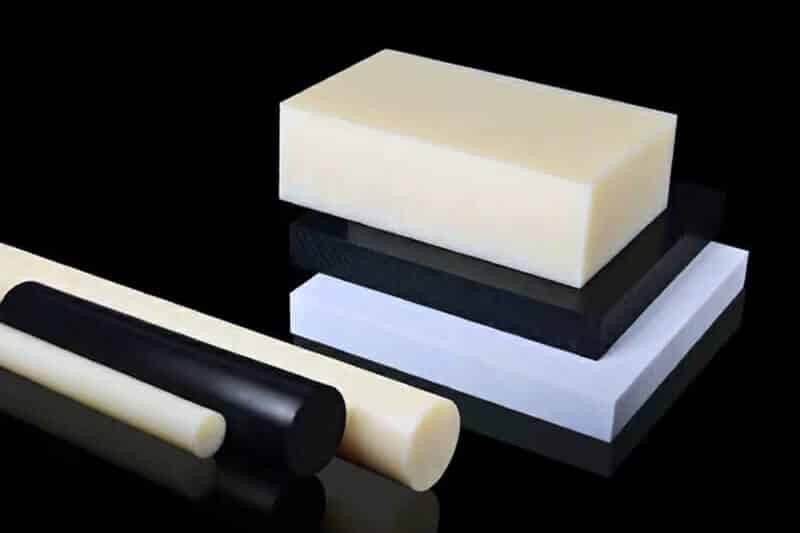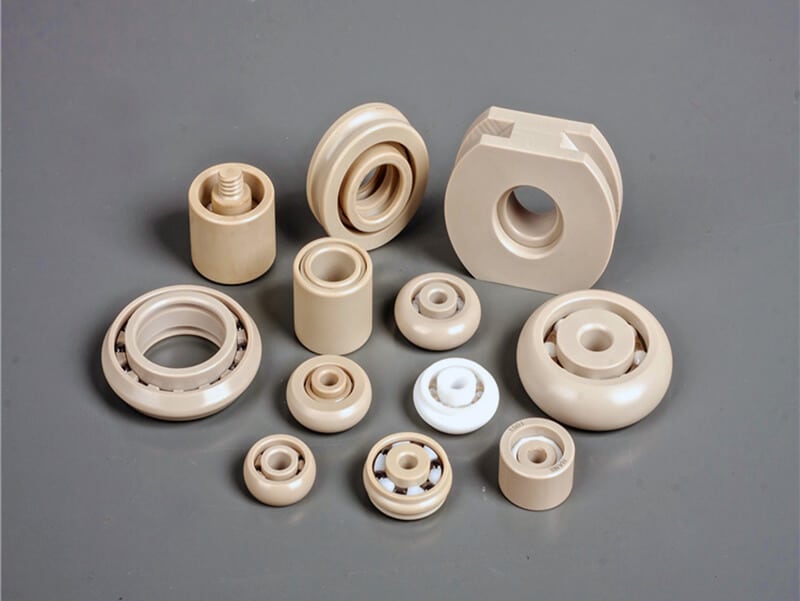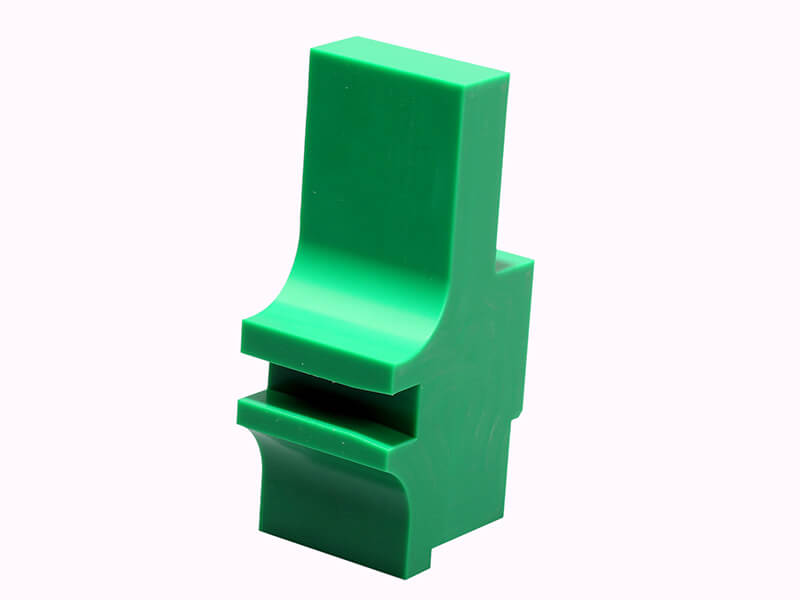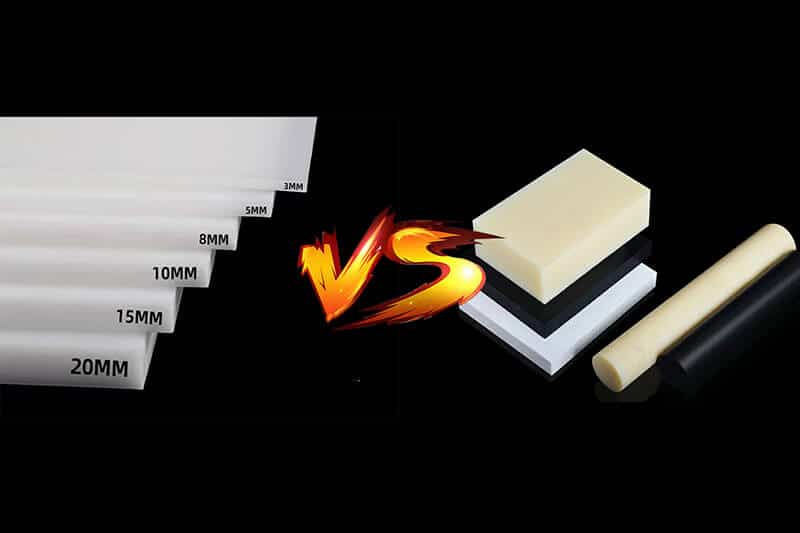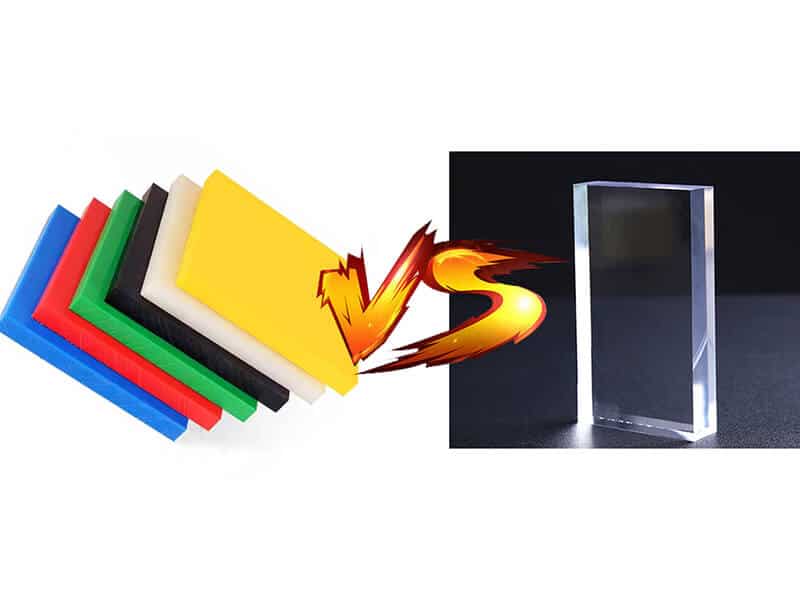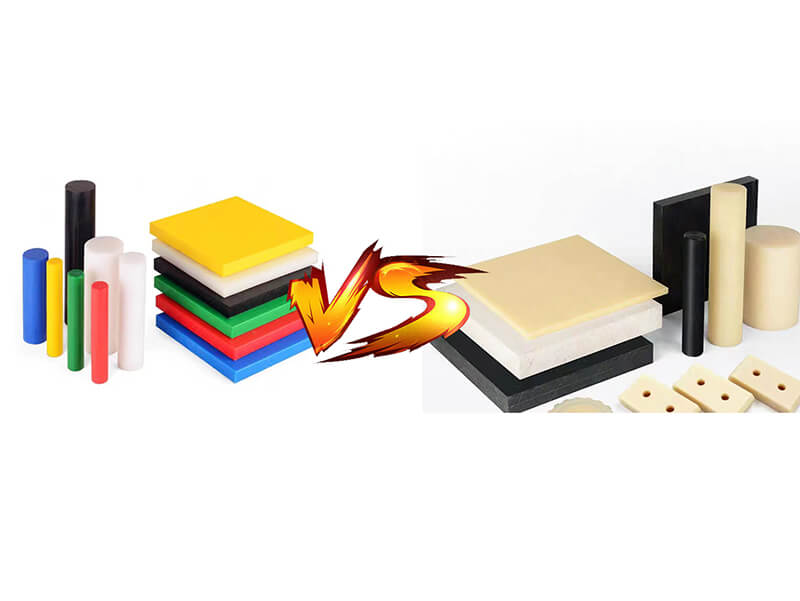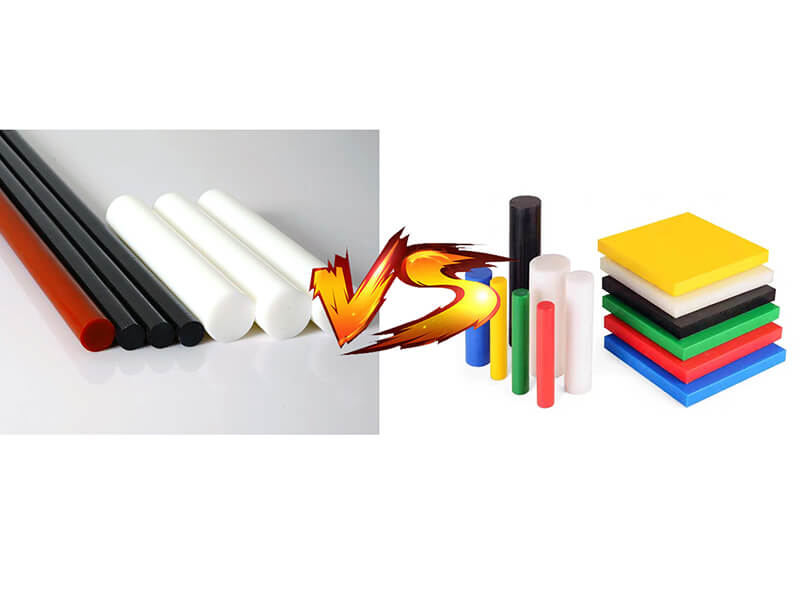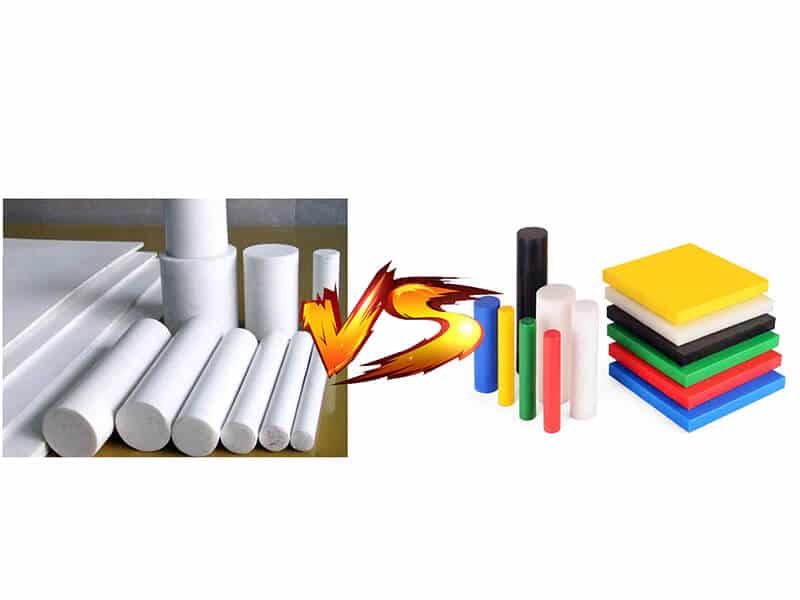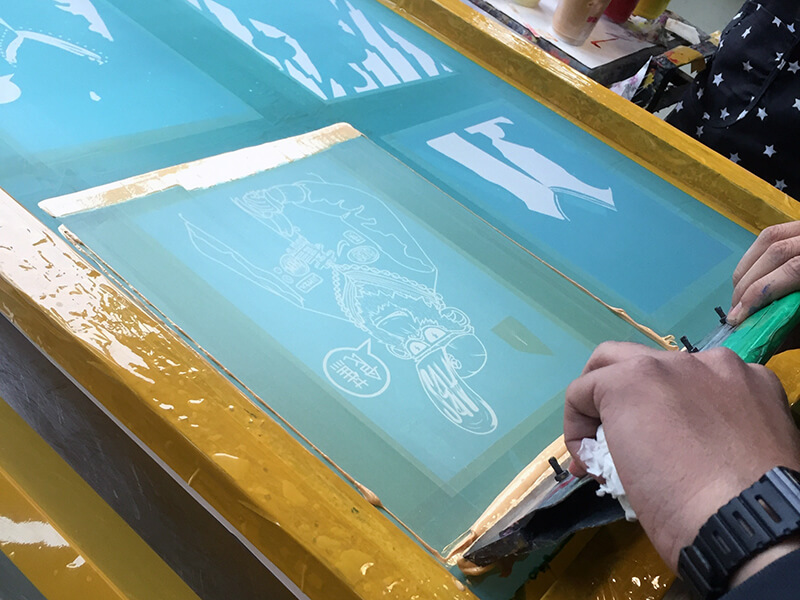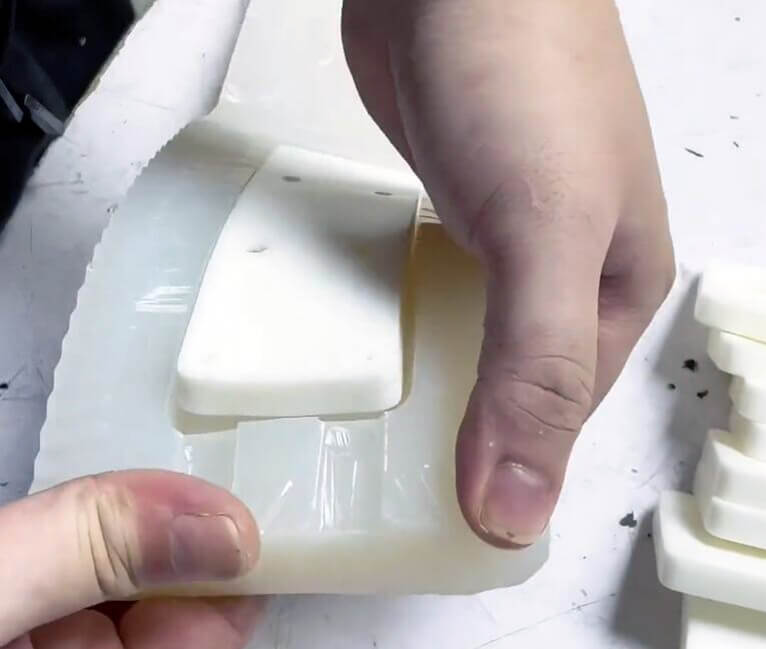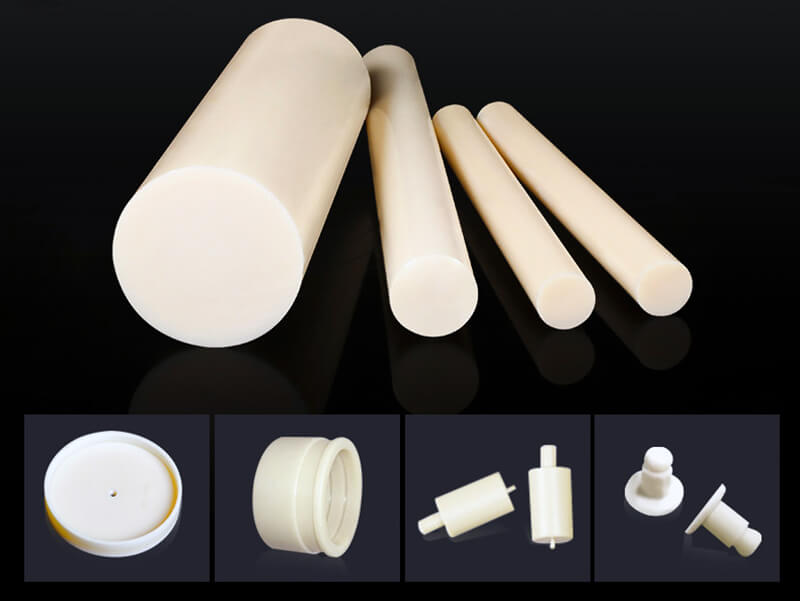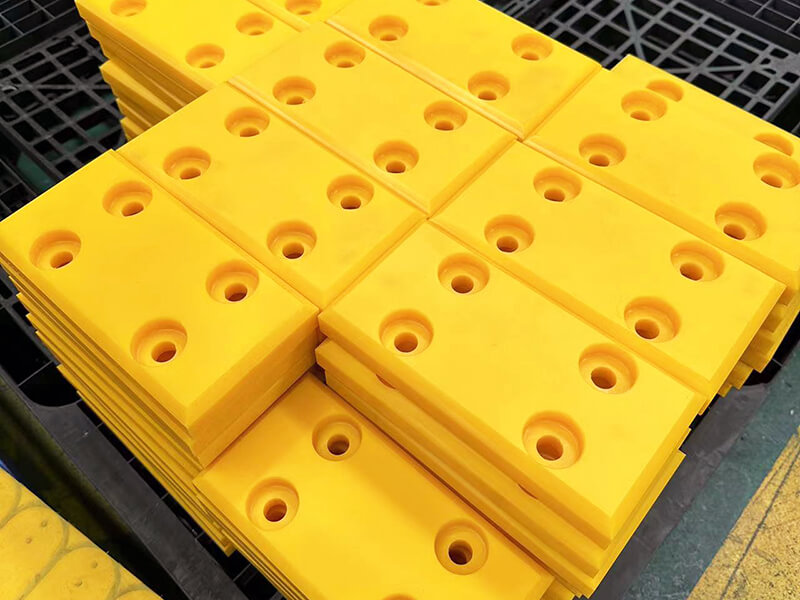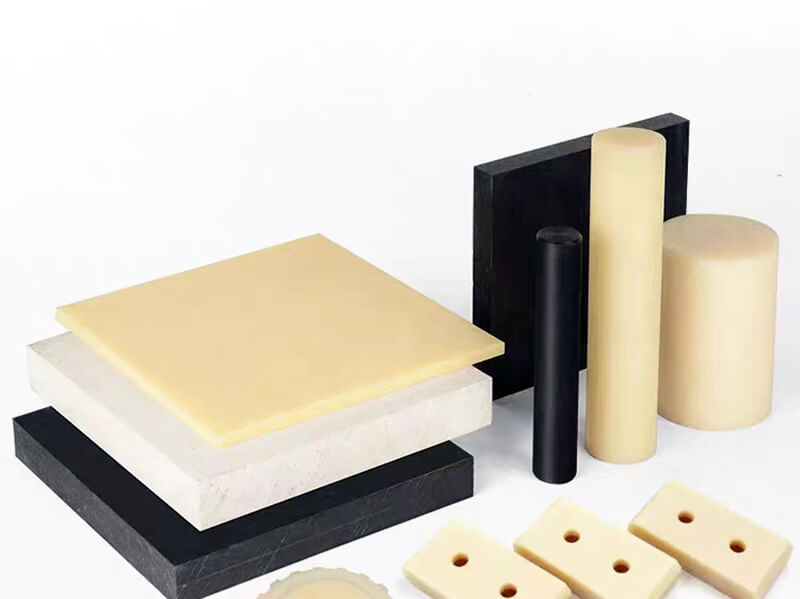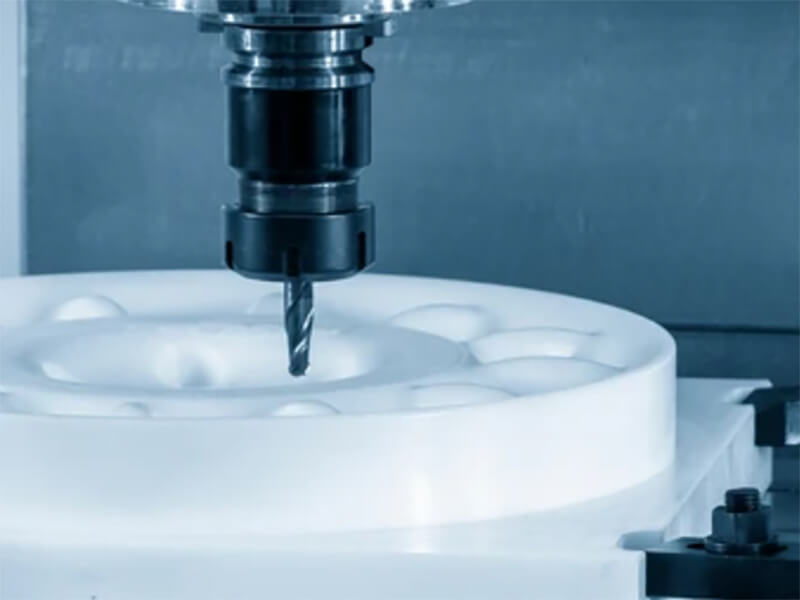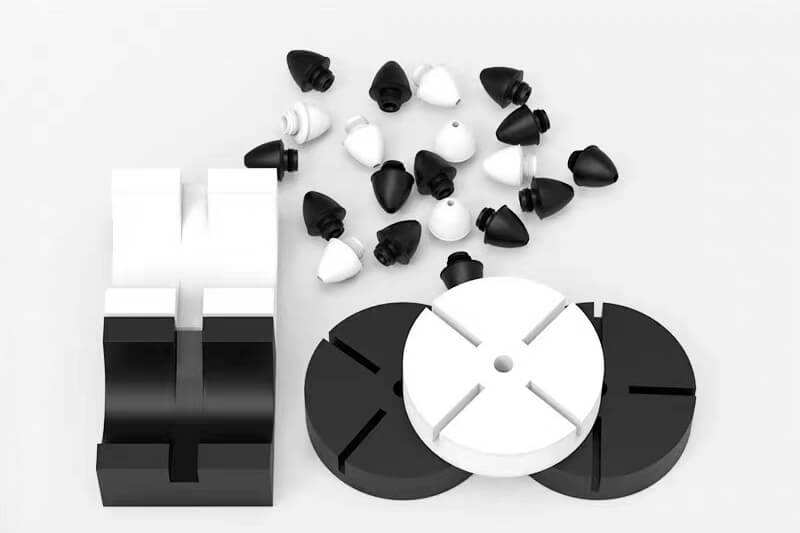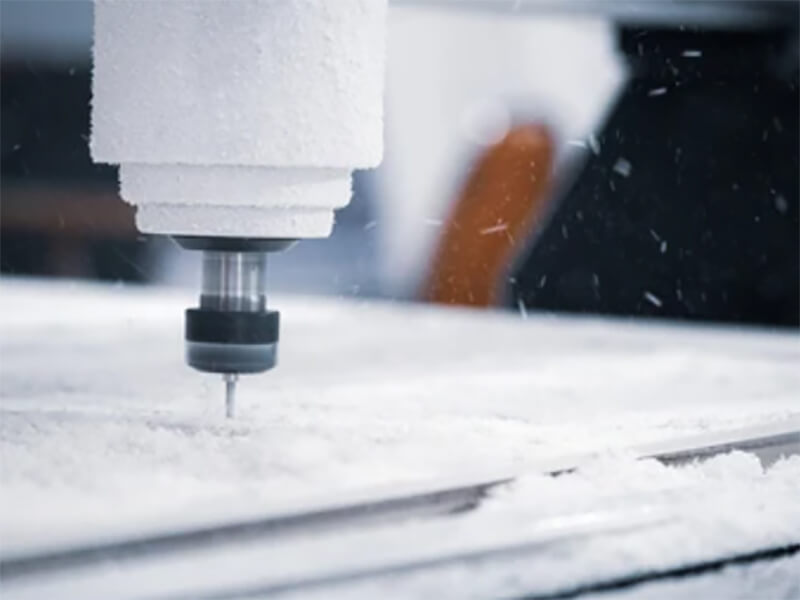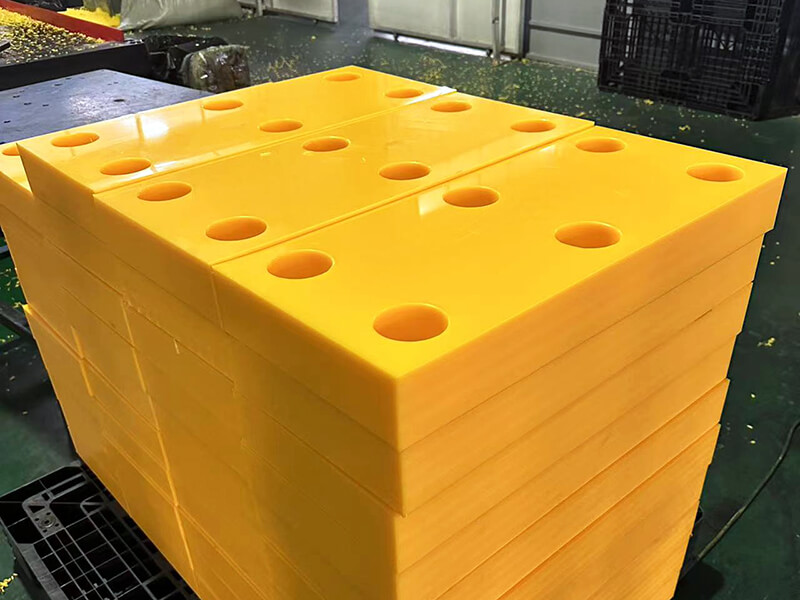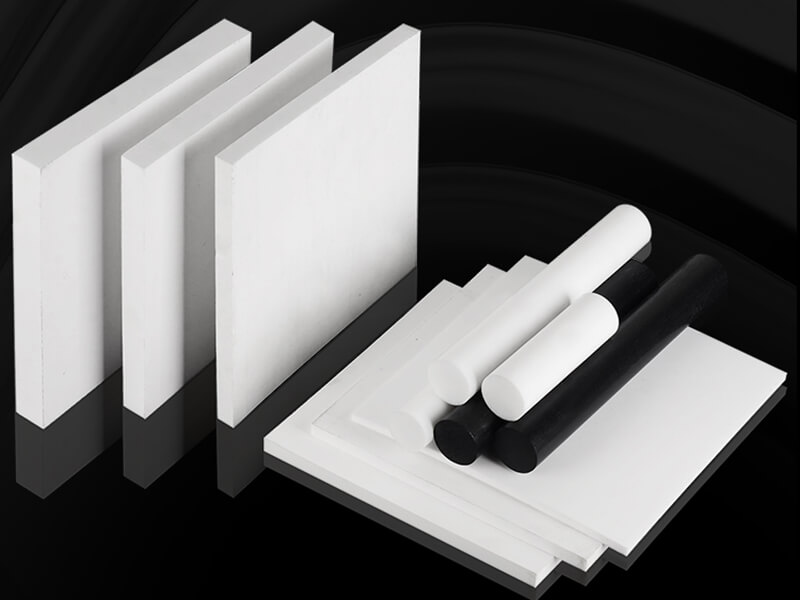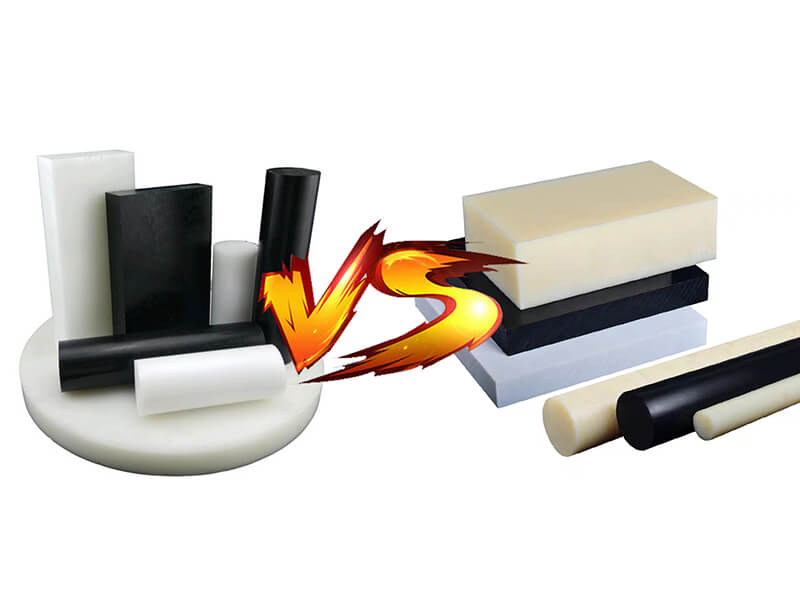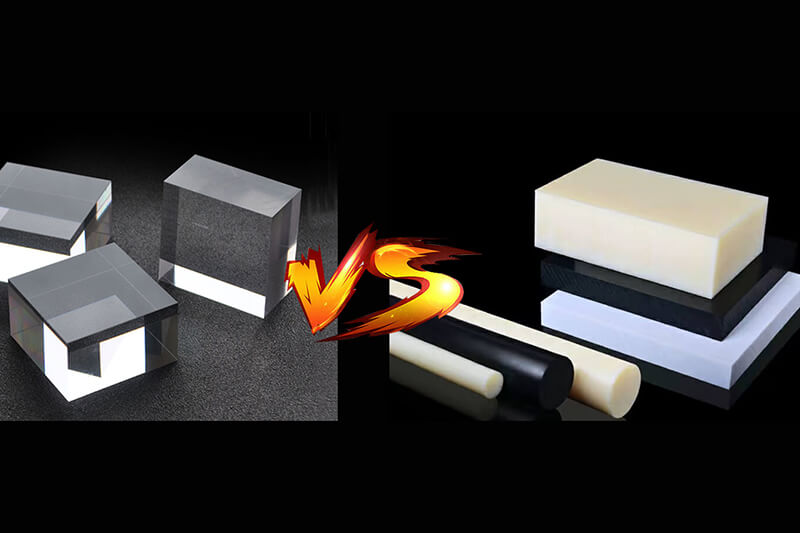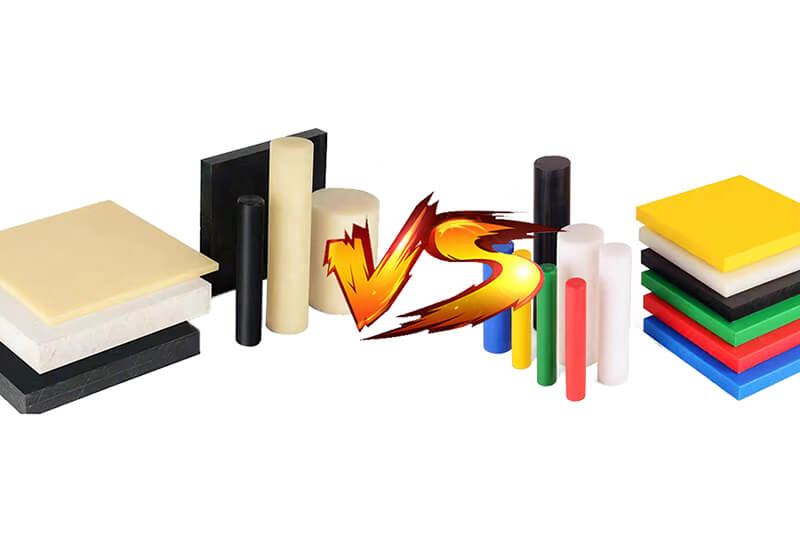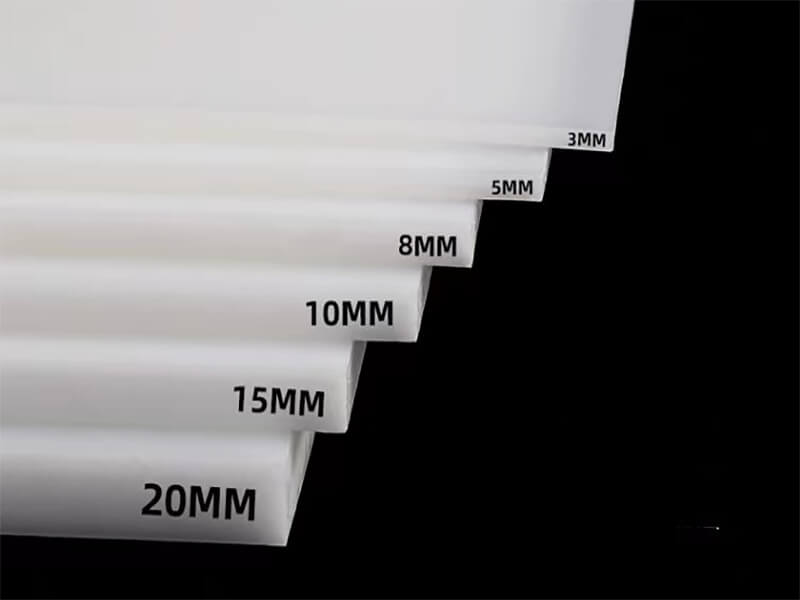What Is High-Density Polyethylene (HDPE): Complete Guide
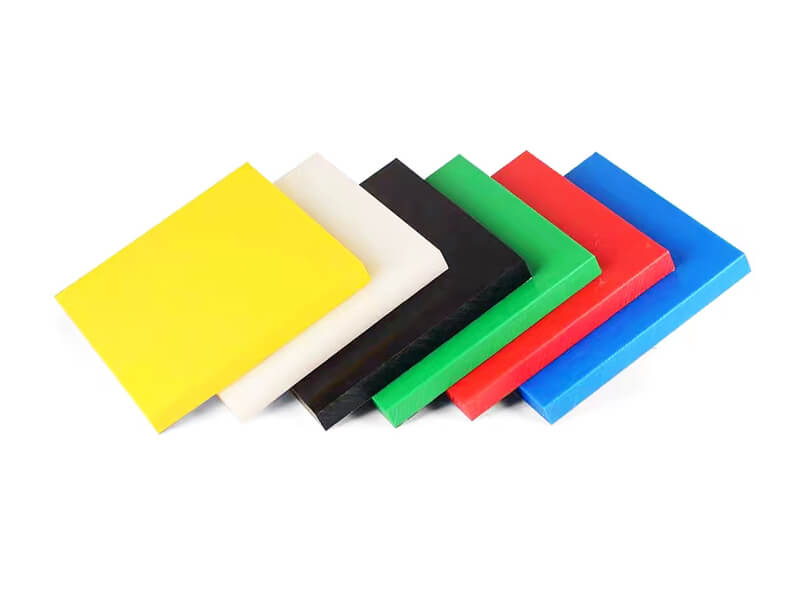
HDPE plastic or High-Density Polyethylene is a durable plastic polymer famous for withstanding high impact and used in long-term applications. We can see the usage of this modern material in every part of our lives now.
From kitchen to industry, beauty products to entertainment, HDPE rules them. There are many other applications that we may not even know. Also, we should know the characteristics of a product we’re using frequently. Let’s hop on the article to know the alpha and omega of HDPE.
What Is HDPE
High-density polyethylene is a lightweight synthetic resin or thermoplastic polymer that we usually know as plastic items when they’re on the market as a final product. Chemically, it’s a product of ethylene that forms from the polymerization method.
In the market, the plastic food containers, and bottles you see are all HDPE products. There are also other applications of this item, which are mentioned in detail in another section.
How Is HDPE Made
HDPE, or high-density polyethylene is manufactured in specific industries because it needs specific conditions, chemicals, and machines to be produced successfully. The melting point of this material is on average 130 ℃ to 180 ℃, so it can easily withstand exposure to high heat.
But to make this product, the production area should be able to provide temperatures up to 200℃ with constant pressure to change the molecular structure and shape it the way we want. We need a specific organic compound named ethylene to make HDPE. Ethylene is a gaseous item that we can get from petroleum and natural gas.
So, at first, usually, natural gas or petroleum is heated to a thousand degrees Celsius to produce ethylene gas. Then the Ethylene is heated in another place with proper pressure to liquefy it and make it easy to mold. Also, the product is repeatedly exposed to high temperatures to make it sterilized and safe for storing food items.
Applications
The high-density polyethylene material is used in many applications in different fields. Here’s a list of some of the products that are made from HDPE material:
Kitchen Items
Beauty
Home Improvement
Entertainment
Others
advantage and disadvantage
High-density polyethylene products are becoming more popular day by day for their positive aspects. Although they have some negative sides too. Let’s get to know them from here:
advantage
an other common plastics. The atomic structure and large density ratio make it more durable and long-lasting than most products. Even 100 grams of HDPE can hold more than a gallon of water without any problem.
Easily Moldable
HDPE is a material with a high melting point, so you can’t usually mend them. However, this material becomes super malleable once it reaches its melting point, and you can easily mold it to any shape. That’s why it’s a better item for mass production of customized plastic items of different shapes.
Super Resistance
HDPE is a corrosion-resistant material, so it won’t rot. Also, it will never grow mold or mildew, which makes it suited for use as food containers and weather-resistant pipes. Moreover, HDPE can withstand tough chemicals to an extent, which makes it resistant to most problems.
These positive features make this material low-maintenance. For this reason, you won’t need to change or replace them for many years, unlike other products. It’s a big help when this material is used as pipes underground because it would be so costly and problematic if the pipes needed frequent maintenance.
UV-Resistance
Sun rays are harmful to our health and also to other materials; specifically, they fade and weaken materials over time. That’s why UV-resistant products are popular now. HDPE can block UV rays; you can use it to wrap the house surface.
Cost-Effective
Cost-effectiveness plays a major role when people buy products. Since HDPE items are long-lasting, they save you on long-term expenditures. Not only that, this popular plastic material has a lower initial cost.
If you wanted to buy products like wooden chairs or kitchenware, it would cost more than double. Also, they can get damaged within a few years. Whereas an HDPE plastic chair or kitchen can serve you for decades without any maintenance.
Recyclable
High-density polyethylene is the best choice if you’re looking for an eco-friendly yet durable and cost-effective material to use for a long time. More than half of the plastic production can be reduced by recycling using HDPE products, which is a better choice for saving our environment.
disadvantage
Just like any other product, this synthetic item has some negatives too. However, the positive items still surpass the cons. However, since we use high-density polyethylene often, we need to know the negative impacts so that we can take the necessary measures against them. Here are the negatives:
Inflammable
The HDPE products are highly inflammable, which is why they aren’t suited for withstanding fire. Specifically, when you have these products in your house and there are accidents involving fire, the HDPE items won’t be able to protect precious things.
Non-Biodegradable
Even though the HDPE material is recyclable, it’s not 100% environmentally friendly. The production of this material is increasing, but we can’t use the wasted items in landfills to get composted. It can be a huge threat as a pollutant shortly.
Conclusion
Despite the negative sides, HDPE products are a must for us because using wood or other materials will also harm the environment in some way. However, we need to make sure to use them wisely so they don’t need much replacement. Also, recycling must be done in such a way that we don’t need to abandon them in the environment.
Related Blogs

Looking for a trustworthy Supplier
Need a Trustworthy Supplier of Plastic, Foam, Sponge, Rubber, Metal, and Machining Solution. Click the Button, We Will Be In Touch With You As Quickly As Possible.
